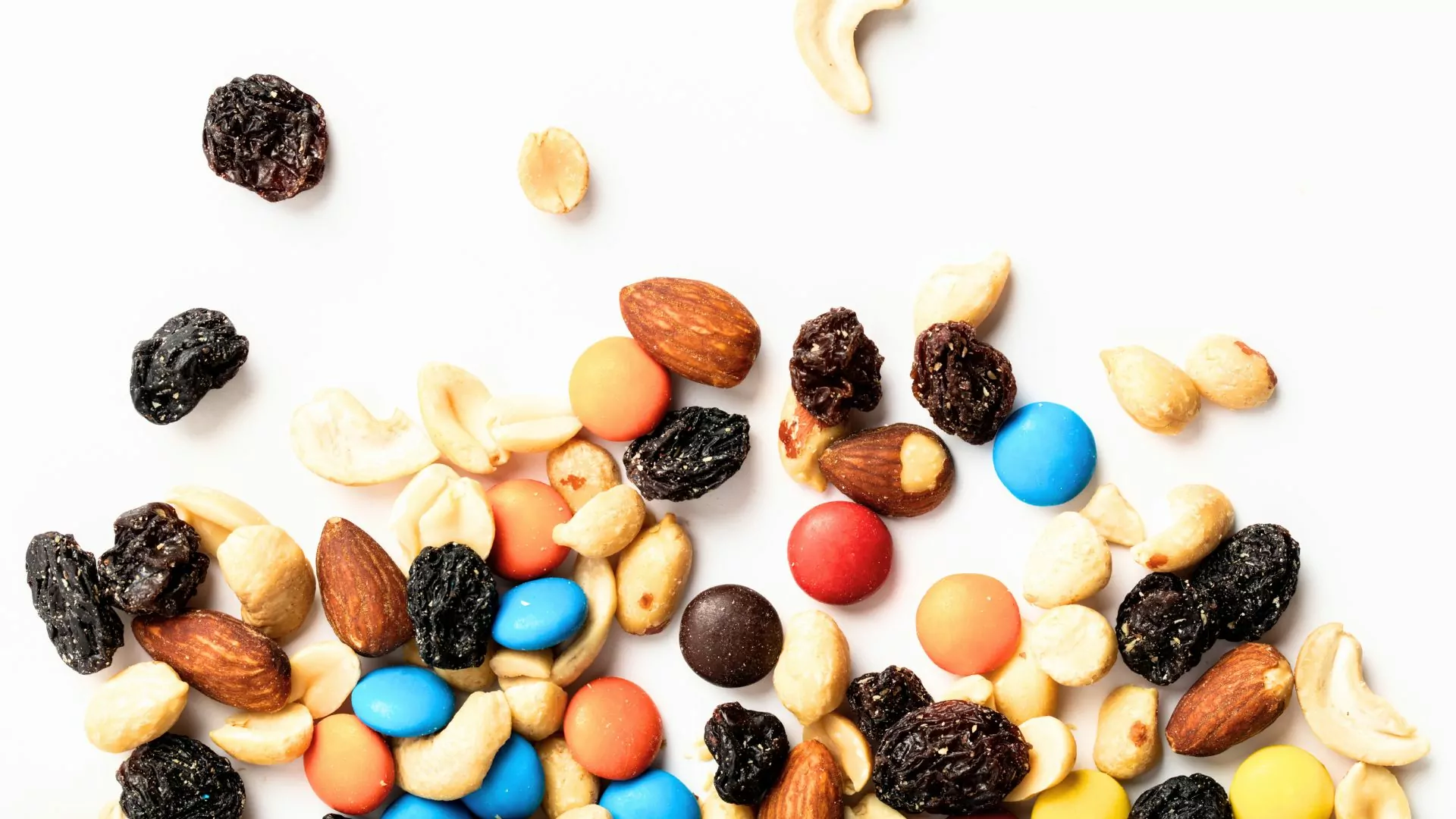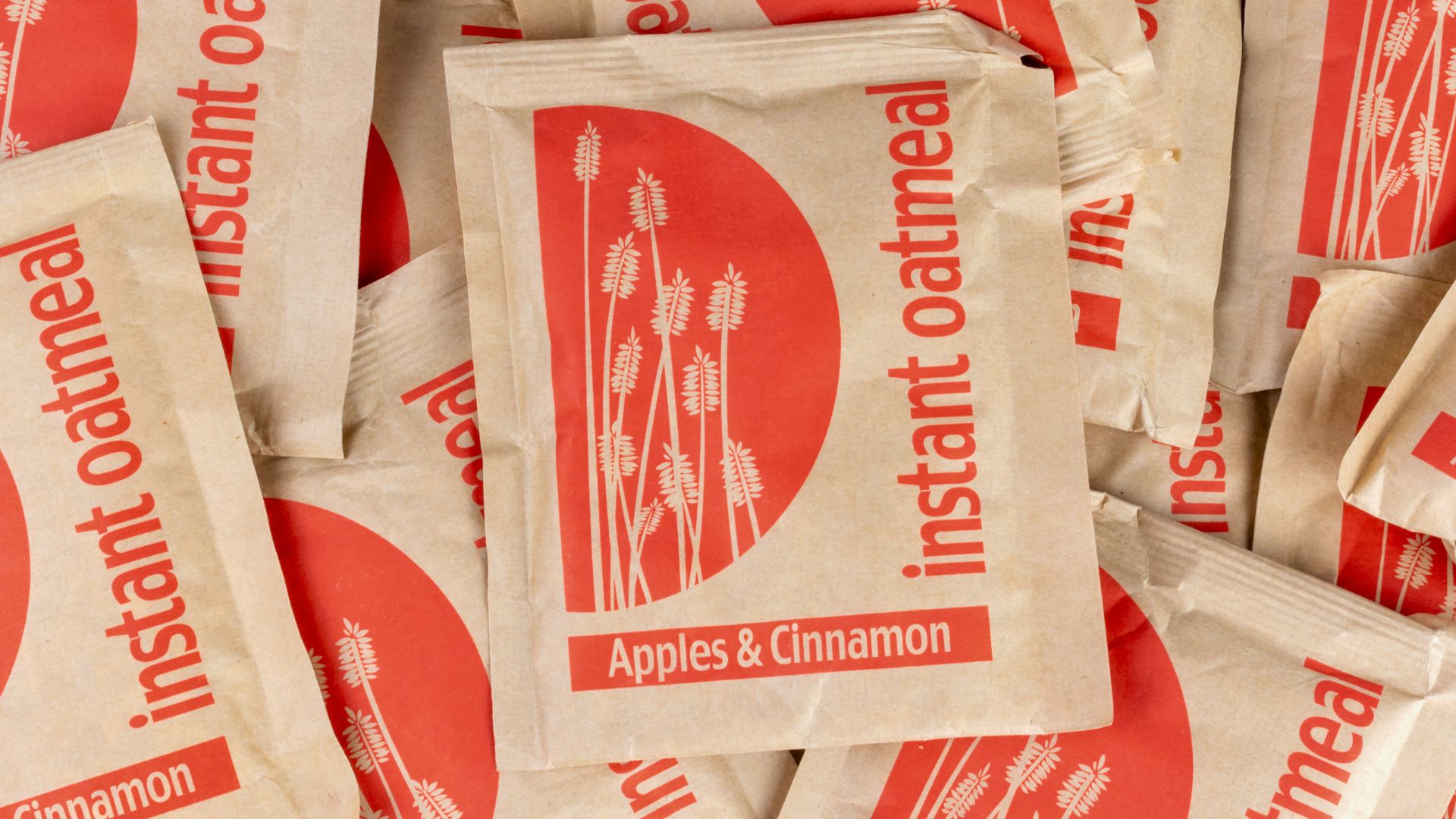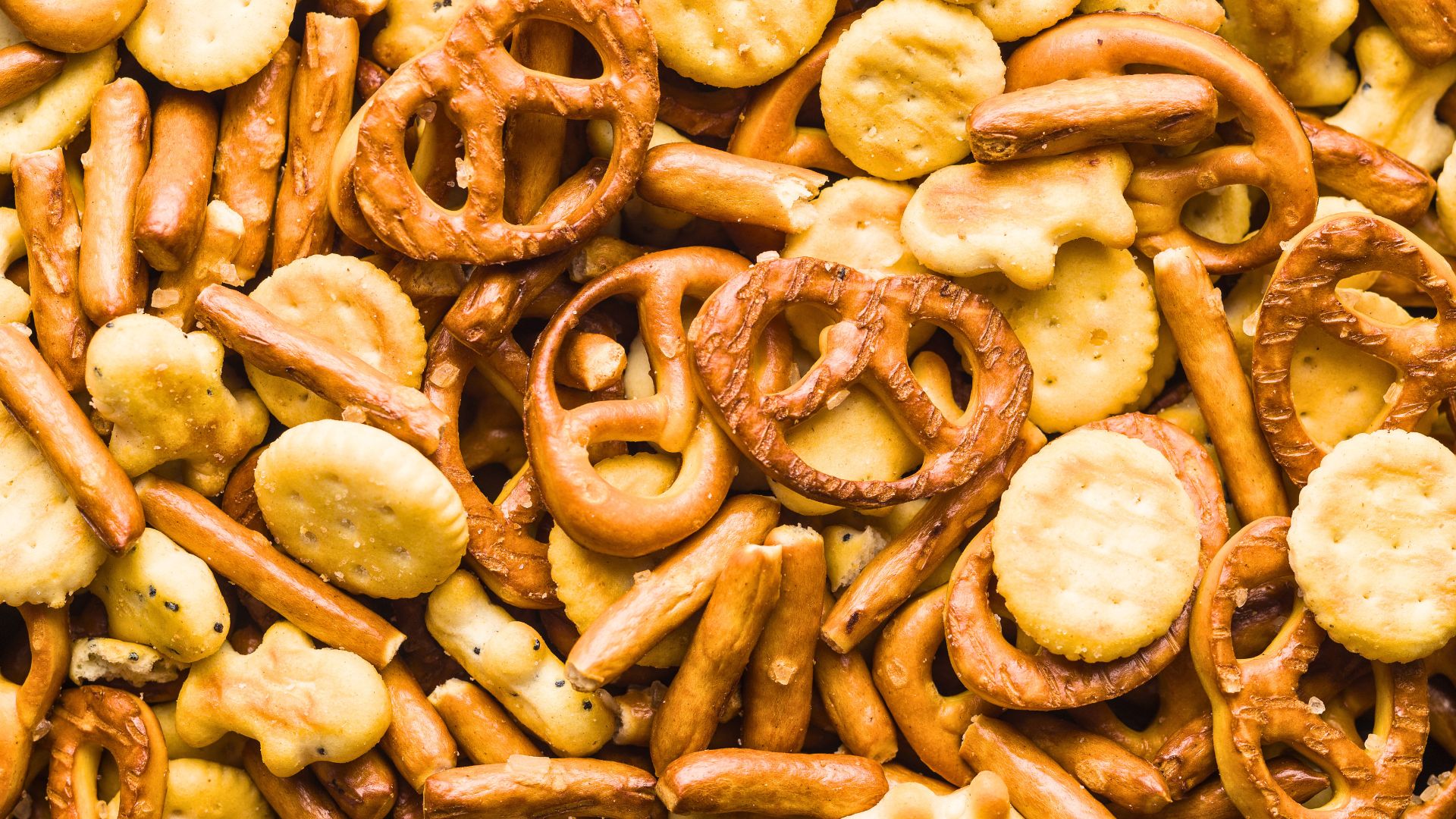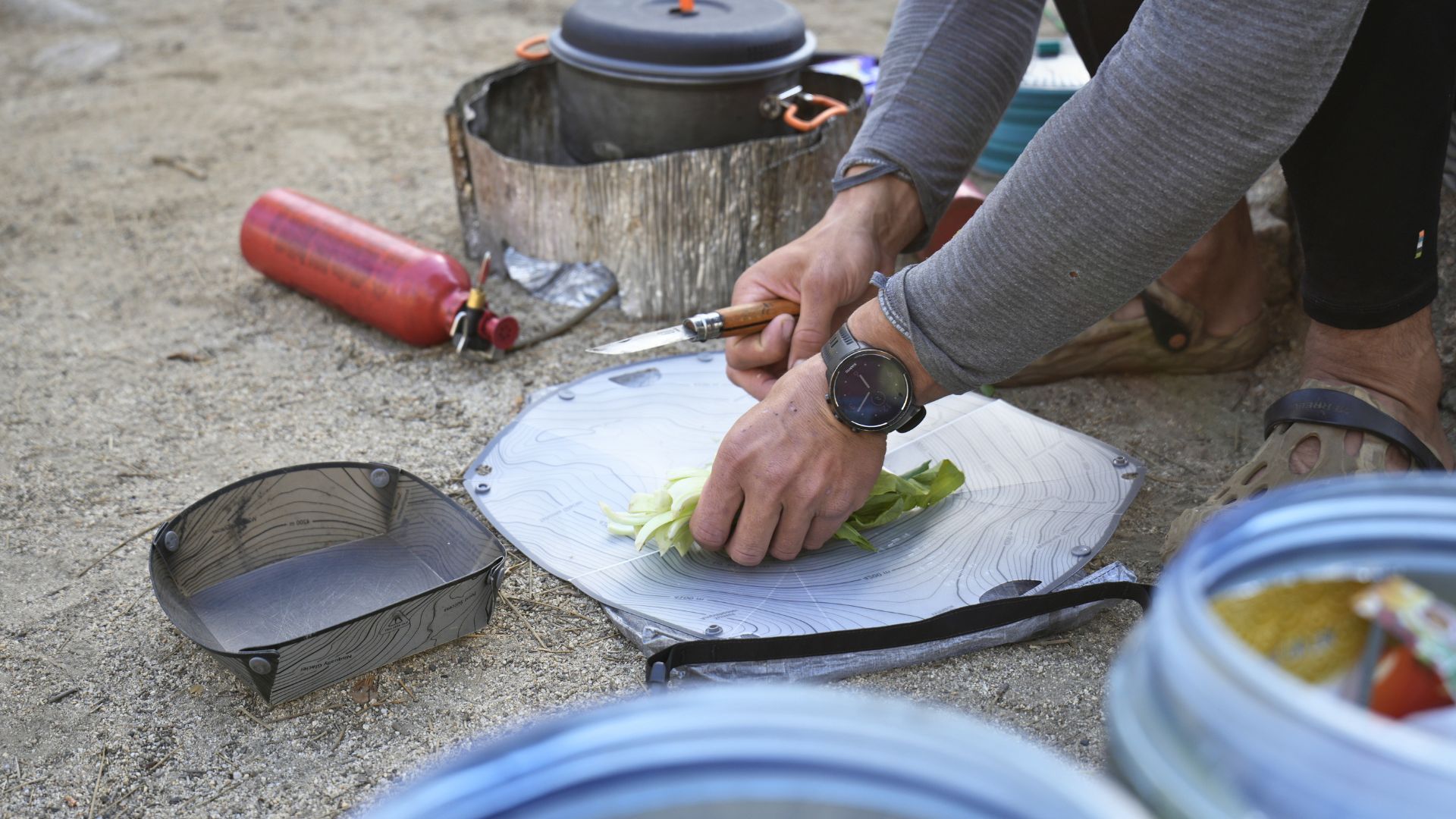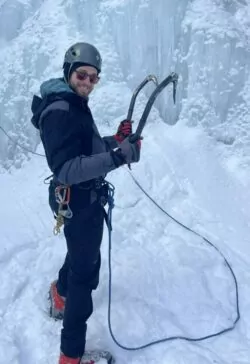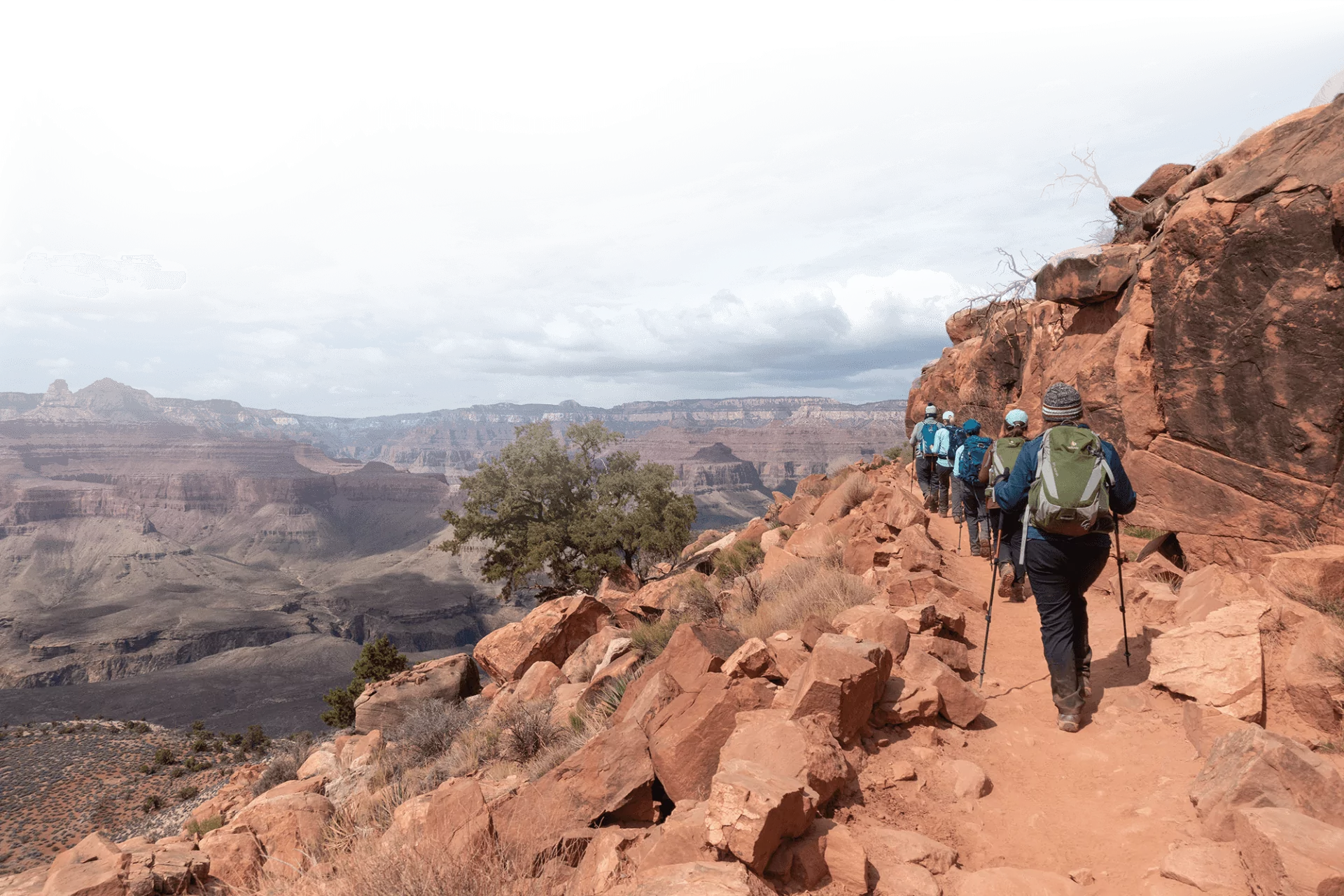Best Food for Backpacking

At its core, good backpacking food is really no different from good food at home. It should taste good, give you the energy you need, and make you feel satisfied. The difference is that, in the backcountry, food has to meet a few extra requirements. Out on trail, weight, calorie density, and shelf stability suddenly matter in ways they don’t at home.
This is why the best backpacking food isn’t only freeze-dried meals or specialty products, it’s simply food you like to eat that also fits the realities of carrying it on your back for days at a time. With some planning, almost any food can become backpacking food.
READ: Backcountry cooking tips
Challenges with Backpacking Food
Calorie Density – Backpackers burn a lot of calories—3,500–6,000 per day is typical, depending on terrain, pack weight, and metabolism. The food you carry needs to deliver maximum calories per ounce to keep your pack weight manageable. Peanut butter, olive oil, nuts, cheese, and dehydrated meals all shine here.
Shelf Stability – Fresh fruit may sound nice, but after two days it’s bruised, mushy, and heavy with water weight. Backpacking food has to last without refrigeration: jerky, hard cheeses, tortillas, ramen, powdered milk, dried fruit, and freeze-dried meals are staples for a reason.
Weight – Every ounce counts. The lighter your food, the more pleasant your hike. This is why many backpackers ditch cans, glass jars, and bulky packaging, rebagging food into resealable plastic bags for efficiency.
Nutrition and Variety – Calories alone aren’t enough. Long days require protein for recovery, fat for sustained energy, and carbs for quick fuel. Adding in a multivitamin is also a very easy way to supplement your diet on trail. Lastly, while perhaps not as important as the other qualities of backpacking food, variety of food can help to increase morale.
How Much Food do You Need?
 When backpacking, calorie needs can skyrocket. This, of course, fluctuates with miles hiked, weather, terrain, and individual metabolism. The problem: most people don’t carry or eat enough. Appetite often lags behind output, a phenomenon hikers call “hiker hunger.” You don’t feel ravenous until you’re deep into a trip, but by then, you might already be running a deficit. Calculating your base metabolic caloric need per day and then adding on an estimate of calories that you’ll burn each day of your trip, can help provide you a caloric total to aim for per day.
When backpacking, calorie needs can skyrocket. This, of course, fluctuates with miles hiked, weather, terrain, and individual metabolism. The problem: most people don’t carry or eat enough. Appetite often lags behind output, a phenomenon hikers call “hiker hunger.” You don’t feel ravenous until you’re deep into a trip, but by then, you might already be running a deficit. Calculating your base metabolic caloric need per day and then adding on an estimate of calories that you’ll burn each day of your trip, can help provide you a caloric total to aim for per day.
I’ve found the sweet spot is aiming for around 120–130 calories per ounce of food. That way, if I carry about 1.5–2 pounds of food per day, I’ll hit 3,000–4,000 calories without my pack ballooning in weight. For high-output days, I’ll bump that up with extra snacks or denser foods like nut butters and oils.
The Evolution of My Backpacking Food
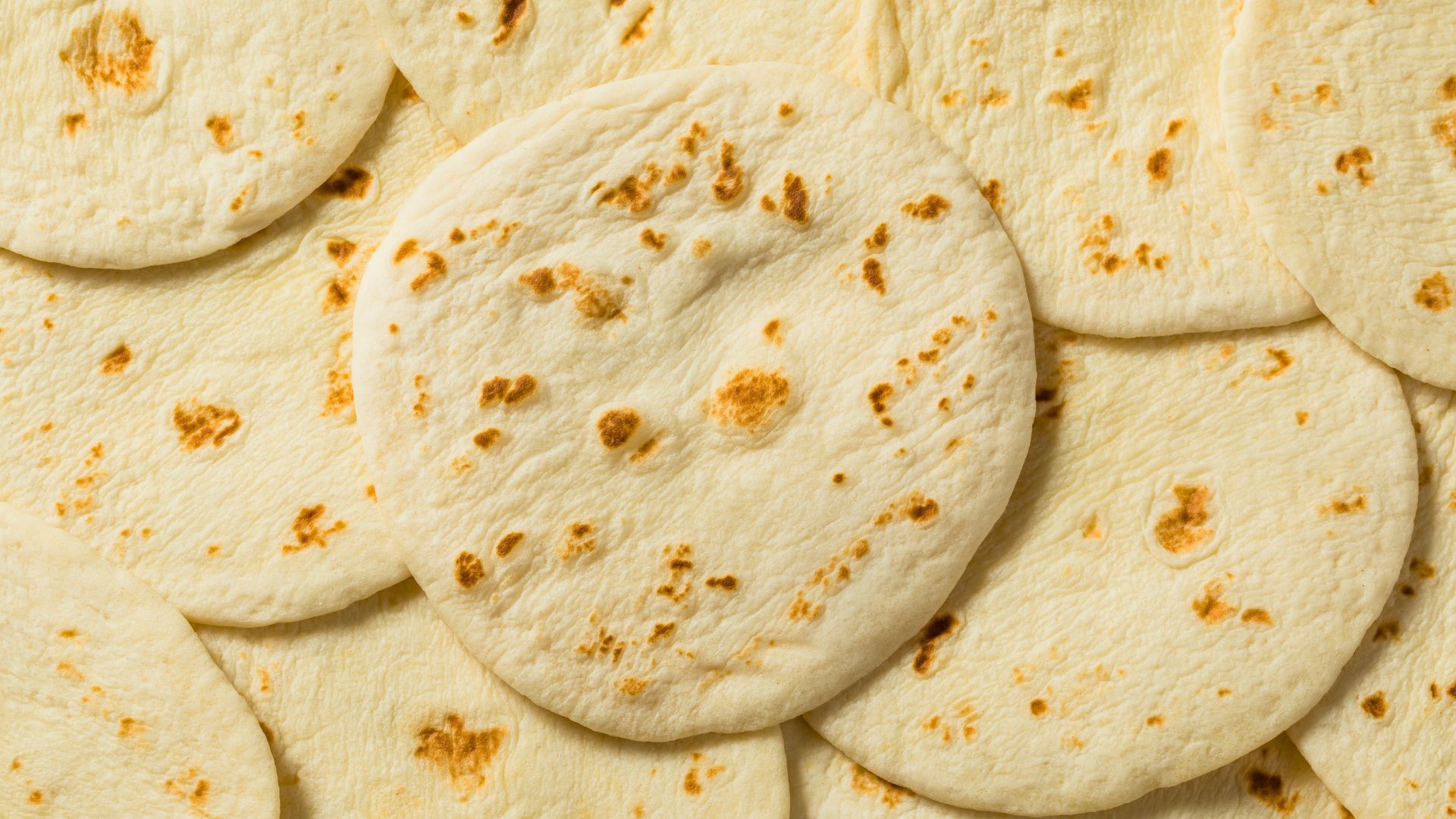 On my Triple Crown hikes, food became a constant negotiation. I remember starting the Appalachian Trail with Pop-Tarts, plain ramen, and instant mashed potatoes. Cheap, calorie-dense, easy to find—yes. Nutritious—barely. Somewhere in Virginia, I realized I would probably feel better if I increased the quality of my food.
On my Triple Crown hikes, food became a constant negotiation. I remember starting the Appalachian Trail with Pop-Tarts, plain ramen, and instant mashed potatoes. Cheap, calorie-dense, easy to find—yes. Nutritious—barely. Somewhere in Virginia, I realized I would probably feel better if I increased the quality of my food.
By the Pacific Crest Trail, I started building meals more thoughtfully: tortillas with peanut butter and honey, instant refried beans with Fritos, and olive oil added to dinners. Then, on the Continental Divide Trail, I got serious. I started counting grams of protein per day, supplementing with whey protein, multivitamins, and electrolytes. All while increasing the amount of fruits and vegetables I ate in town.
My Go-To Backpacking Food Menu
Here are some tried-and-true backpacking food options that balance weight, density, nutrition, and taste:
Breakfast
Instant oatmeal packets with powdered milk or whey, nuts, and dried fruit. This can be enjoyed hot or cold-soaked the night before for hot days or to increase speed leaving camp.
Lunch
Flour tortillas with chicken or tuna packets, plus some type of sauce like mayo, oil, or hot sauce. Often I’ll also eat almonds, crackers, or chips with lunch.
Dinner
Ramen but upgraded with peanut butter and, if available, dehydrated vegetables, powdered miso, and sriracha packets for a Thai-style noodle bowl. The additional garnish options for this meal are endless and have always kept it interesting for me.
Snacks
For me, snacks are just as important as meals. The biggest difference is that I don’t want to prepare them. I like to snack on the go or stop briefly without opening my pack. One of my favorite parts of backpacking is eating calorically dense snacks I wouldn’t normally have at home, such as candies, pastries, and dried fruit, which provide “right-now” energy for hiking. But I also make sure to include nutrient-dense items like protein bars, jerky, and granola bars.
Tips and Tricks
The examples above most often constitute the staples of my meal and snack menu. When shopping in an American supermarket, it’s often the case that the package size will naturally supply you with 3–4 days’ worth of food. Adding subtle differences for each day can keep things more entertaining.
To do this, I’ll often pack out perishable foods for the first few days such as, cheeses, fruits, vegetables and eat those first, saving the plainer food for later as hunger increases. Lastly, a way to stretch your food supply even longer is to pack out a takeout meal for the first night’s dinner, such as a sandwich, burger, pizza, or tacos.
Little tweaks can make trail food far more enjoyable. Adding olive or coconut oil can dramatically increase calorie density, with just a small squeeze bottle adding 100–200 calories to a meal without much bulk. Adding spices and condiments such as tiny packets of hot sauce, soy sauce, or seasoning blends can elevate otherwise bland dishes.
Double-duty foods are especially valuable: peanut butter works at breakfast, lunch, or as a snack, while tortillas serve as bread, wraps, or even a base for trail pizza. Repackaging everything into Ziplocs instead of carrying bulky cardboard saves space and cuts down on trash. Lastly, never underestimate the power of a small tasty treat whether it’s a bar of chocolate or a handful of gummy bears at the top of a hill when it is raining.
Final Thoughts on Why It Matters
Backpacking food can be more than just fuel, it’s enjoying steaming hot food on a cold night, trading trail mix by a lake, or finding joy in a Snickers bar at the summit. Some of my strongest hiking memories are food-related: eating ramen and peanut butter for dinner for months on end, tortillas with chicken every day at lunch, the time I ate a gallon of ice cream for breakfast and then was sick the rest of the day, or eating nothing but gas station food for three straight days.
Good backpacking food makes the journey sustainable. It lightens your pack, fuels your body, and keeps morale high. Bad backpacking food is too heavy, too bland, not enough calories and can make a trip miserable.
The best backpacking food isn’t always about being gourmet; it’s about being smart, intentional, and a little creative.



